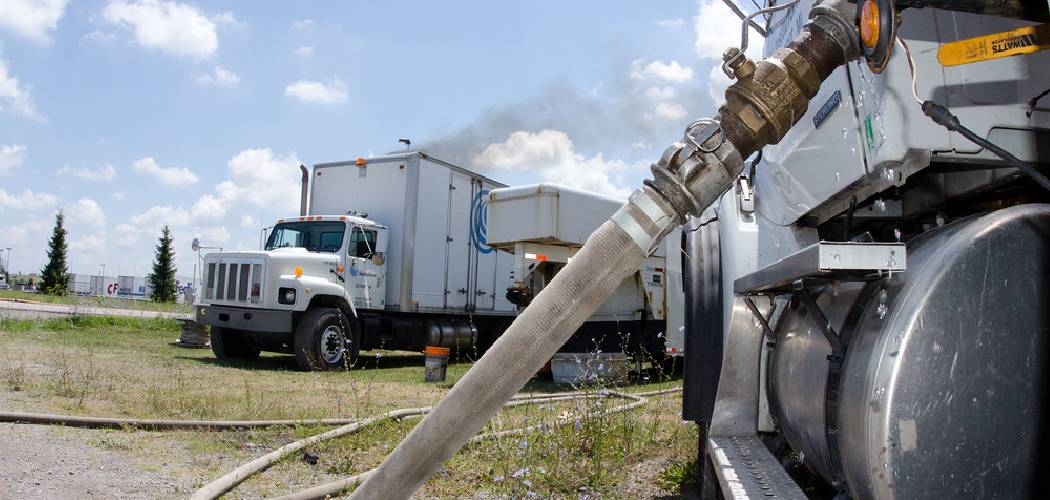Keeping your sewer line clean is essential for maintaining a healthy and efficient plumbing system. A clean sewer line helps prevent blockages, reduces the risk of backups, and minimizes the potential for costly repairs. Over time, debris, grease, and other materials can accumulate, leading to clogs and inefficient drainage.
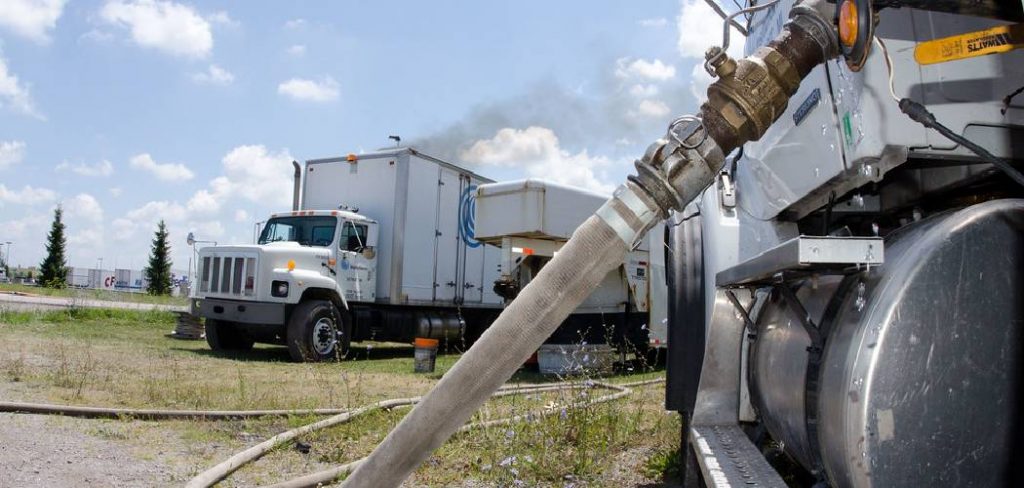
In this guide on how to keep your sewer line clean, we will explore effective methods for cleaning your sewer line, ensuring its longevity and optimal performance, while also helping you to avoid common pitfalls that can lead to significant plumbing issues.
What is a Sewer Line?
A sewer line is an essential component of a plumbing system that transports wastewater and sewage away from your home to a treatment facility or septic system. Typically made of materials such as PVC, cast iron, or clay, sewer lines are buried underground and connected to the various drainage fixtures throughout the house.
They play a crucial role in managing waste and maintaining sanitary conditions by ensuring that wastewater is safely disposed of. Understanding the function and importance of your sewer line can help homeowners take proactive measures to keep it clean and functioning properly.
Why is Keeping Your Sewer Line Clean Important?
Keeping your sewer line clean has numerous benefits, including
Preventing Blockages:
Regularly cleaning your sewer line helps prevent debris and buildup from causing clogs and backups in your plumbing system. Blockages can lead to slow drains, foul odors, and potential health hazards.
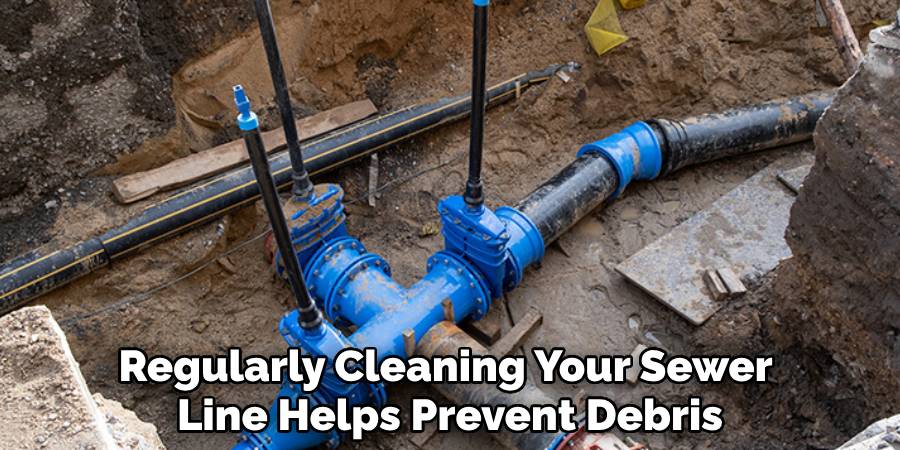
Reducing the Risk of Expensive Repairs:
Clogs and backups caused by a dirty sewer line can damage your plumbing system and potentially require costly repairs. Regular cleaning and maintenance can help avoid these issues and keep your sewer line functioning optimally for longer.
Maintaining Proper Drainage:
A clean sewer line allows wastewater to flow freely through the pipes without any obstructions. This ensures proper drainage and prevents waste from backing up into your home or yard.
Necessary Materials
Before starting the cleaning process, gather the necessary materials, including:
- Protective Gear (Gloves and Eye Protection)
- A Drain Auger or Sewer Snake
- A High-pressure Water Jetter
- Bio-degradable Drain Cleaner
8 Simple Step-by-step Guidelines on How to Keep Your Sewer Line Clean
Step 1: Wear Protective Gear
Before starting the cleaning process, it’s crucial to put on protective gear to ensure your safety. This includes wearing heavy-duty gloves to protect your hands from sharp objects or harmful substances, as well as safety goggles to shield your eyes from any debris that may splatter during the cleaning process.
If you’re dealing with particularly grimy or hazardous materials, consider wearing a face mask to avoid inhaling any pollutants. Taking these precautions is essential to prevent injury and ensure that you can complete the task safely and effectively.
Step 2: Locate Your Clean-out Plug
The clean-out plug is a critical access point in your sewer line that allows you to easily clear clogs and perform maintenance. Typically, clean-out plugs are found outside your home, close to the foundation, or inside, near the basement or plumbing fixtures.
To locate the clean-out plug, look for a pipe section with a removable cap that may be made of plastic or metal. It is often labeled for easy identification.
Once located, ensure that it is clear of any debris and that you have the necessary tools on hand to remove the cap safely. Identifying the clean-out plug is essential for effective cleaning and maintenance of your sewer line.
Step 3: Use a Drain Auger or Sewer Snake
A drain auger, also known as a sewer snake, is an essential tool for cleaning clogs in your sewer line. It consists of a long flexible cable with a corkscrew-like end that can be extended into the sewer line through the clean-out plug.
To use, insert the end of the auger into the clean-out plug and slowly push it forward while turning the handle clockwise. The corkscrew-like end will help break up any debris or blockages in the pipe, which can then be removed by slowly pulling back on the auger. Repeat this process until you no longer encounter any resistance, indicating that the clog has been cleared.
Step 4: Utilize a High-pressure Water Jetter
High-pressure water jetting is another effective method for cleaning your sewer line. This process involves using a specialized machine that shoots high-pressure water into the sewer line, effectively clearing any obstructions or buildup in the pipes.
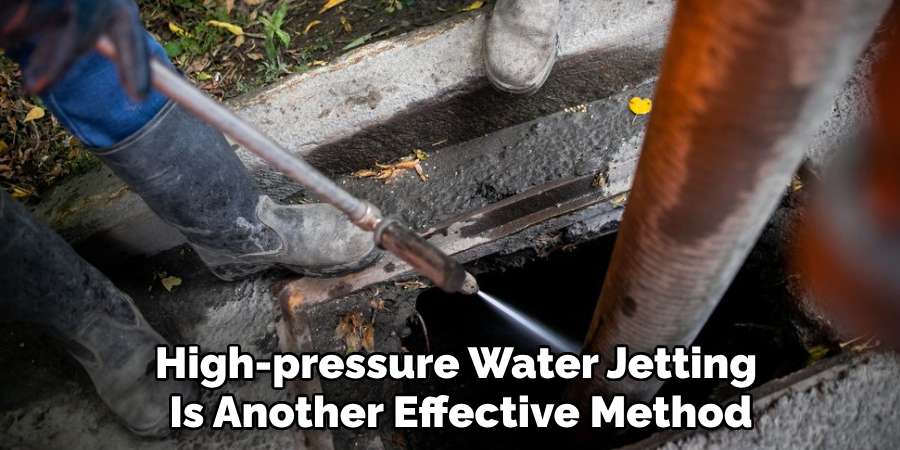
To use a high-pressure water jetter, connect it to a hose and insert it through the clean-out plug. Slowly feed the hose into the pipe while also turning on the water supply to create pressure and clear any debris. Continue this process until you no longer encounter resistance, then slowly remove the hose from the pipe.
Step 5: Use a Bio-degradable Drain Cleaner
If you’re dealing with minor clogs or buildup in your sewer line, using a bio-degradable drain cleaner can be an effective and environmentally-friendly option. These products use natural enzymes to break down organic materials without causing harm to your plumbing system or the environment.
To use, pour the recommended amount of drain cleaner into your clean-out plug and let it sit for the suggested time as per the product instructions. Then, flush the pipes with hot water to clear any remaining residue and debris.
Step 6: Avoid Chemical-based Cleaners
While chemical-based cleaners may seem like a quick fix for clearing clogs in your sewer line, they can cause more harm than good in the long run. These harsh chemicals can damage your pipes and even contribute to corrosion, leading to expensive repairs down the line.
Additionally, chemical-based cleaners are not environmentally-friendly and can cause harm to waterways and ecosystems if disposed of incorrectly. As such, it’s best to avoid these products and opt for more natural alternatives instead.
Step 7: Schedule Regular Maintenance
To keep your sewer line clean and functioning properly, it’s essential to schedule regular maintenance. This includes professional inspections at least once a year by a licensed plumber who can identify any potential issues or clogs before they become major problems.
Additionally, consider implementing preventative measures such as using hair catchers in drains and avoiding flushing non-biodegradable items down the toilet to minimize the risk of clogs and backups.
Step 8: Dispose of Waste Properly
Proper waste disposal is crucial for maintaining a clean sewer line. Avoid pouring grease, oil, or other harmful substances down your drains, as they can solidify and cause blockages in your pipes. Additionally, only flush toilet paper and human waste down the toilet to prevent potential clogs.
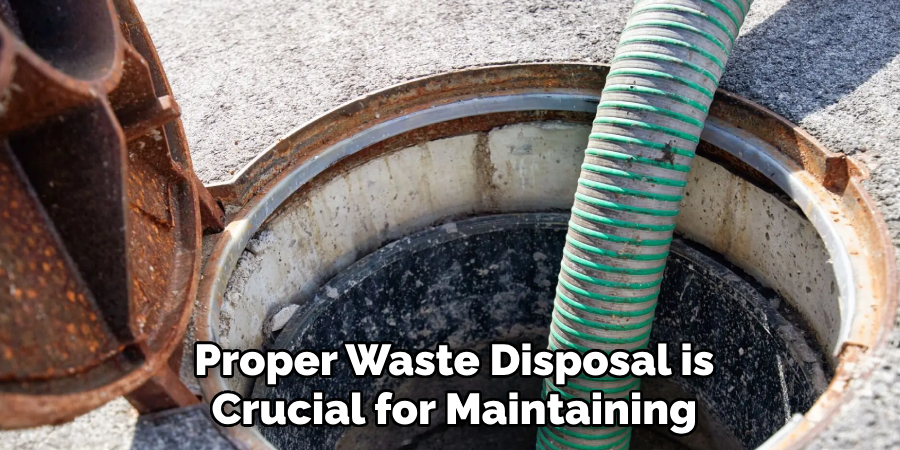
If you have large quantities of waste to dispose of, consider contacting your local sanitation department for proper disposal methods instead of putting them down your drains.
Following these simple guidelines on how to keep your sewer line clean can help you keep your sewer line clean and functioning properly, preventing potential backups and costly repairs in the future.
By taking care of your sewer line regularly, you can ensure a healthy and functional plumbing system for years to come. So don’t wait until there’s a problem – start implementing these steps today for a cleaner and more efficient sewer line.
Frequently Asked Questions
Q: How Often Should I Clean My Sewer Line?
A: It’s recommended to schedule professional inspections and maintenance at least once a year to prevent clogs and maintain the overall health of your sewer line. However, if you notice any signs of clogs or backups, it’s essential to address them immediately.
Q: Can I Use Chemical-based Cleaners in My Sewer Line?
A: It’s best to avoid chemical-based cleaners as they can cause damage to your pipes and harm the environment. Instead, opt for bio-degradable drain cleaners or natural alternatives.
Q: Why is it Important to Wear Protective Gear During the Cleaning Process?
A: Wearing protective gear such as gloves, safety goggles, and face masks is essential for preventing injury and ensuring your safety during the cleaning process. This will protect you from any harmful substances or debris that may be present in your sewer line.
Q: Can I Perform Sewer Line Cleaning Myself?
A: While some minor clogs and maintenance tasks can be done by homeowners, it’s best to leave the cleaning of your sewer line to professionals. They have the necessary tools, experience, and knowledge to effectively clean and maintain your sewer line without causing damage.
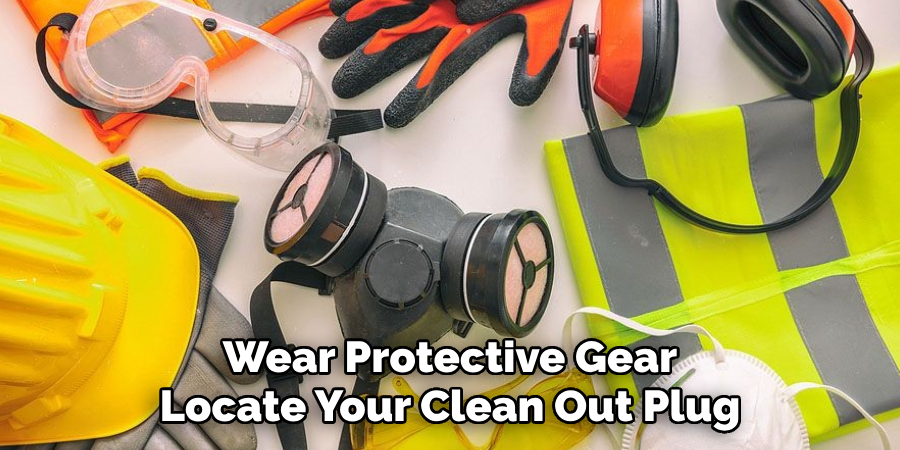
Conclusion
By following these simple guidelines on how to keep your sewer line clean, you can avoid costly repairs and backups in the future.
Remember to wear protective gear, locate your clean-out plug, use effective tools such as a drain auger or high-pressure water jetter, and avoid chemical-based cleaners for the best results.
With regular maintenance and proper waste disposal, you can ensure that your sewer line stays clean and functioning properly for years to come.

